What Is…?
Acar or known as South Asian pickle is a type of vegetable pickle from Malaysia, and popular in Indonesia, Singapore and Brunei. It is a localised version of Indian Achaar. It is known as atjar in Dutch cuisine, derived from the Malaysian version. Acar is usually prepared in bulk as it may easily be stored in a well-sealed glass jar in the refrigerator for a week and served as the condiment for any meals.
The Southeast Asian variations are usually made from different vegetables such as cucumber, carrots, cabbage, shallot, bird’s eye chilli and yardlong beans, which are pickled in vinegar, sometimes added with kaffir lime to add citrus aroma, and also dried chillies. Some recipes might have the vegetables tossed in ground peanuts. Acar is commonly served as a condiment to be eaten with the main course, such as nasi goreng (fried rice), satay, and almost all varieties of Soto. Just like common pickles, the sour taste of acar is meant to freshen up a meal, especially fishy dishes such as Ikan Bakar (grilled fish) or the rich and oily dish such as mutton satay to neutralize the fat.
History Acar Edition
Pickling originated in India around 2400 BCE, and with the expansion of Indosphere cultural influence of Greater India, through the transmission of Hinduism in Southeast Asia and the Silk Road transmission of Buddhism leading to Indianization of Southeast Asia through the formation of non-Indian southeast Asian native Indianized kingdoms which adopted Sanskritized language and other Indian elements such as the honorific titles, martial arts, attire, and cuisine including the adoption of Indian achaar pickle as atchara in Philippines and acar in Indonesia, Malaysia, Singapore and Brunei during the Indianised kingdoms of Srivijaya (the Visayas islands are named after him).
Click here to discover other amazing Malaysian dishes.

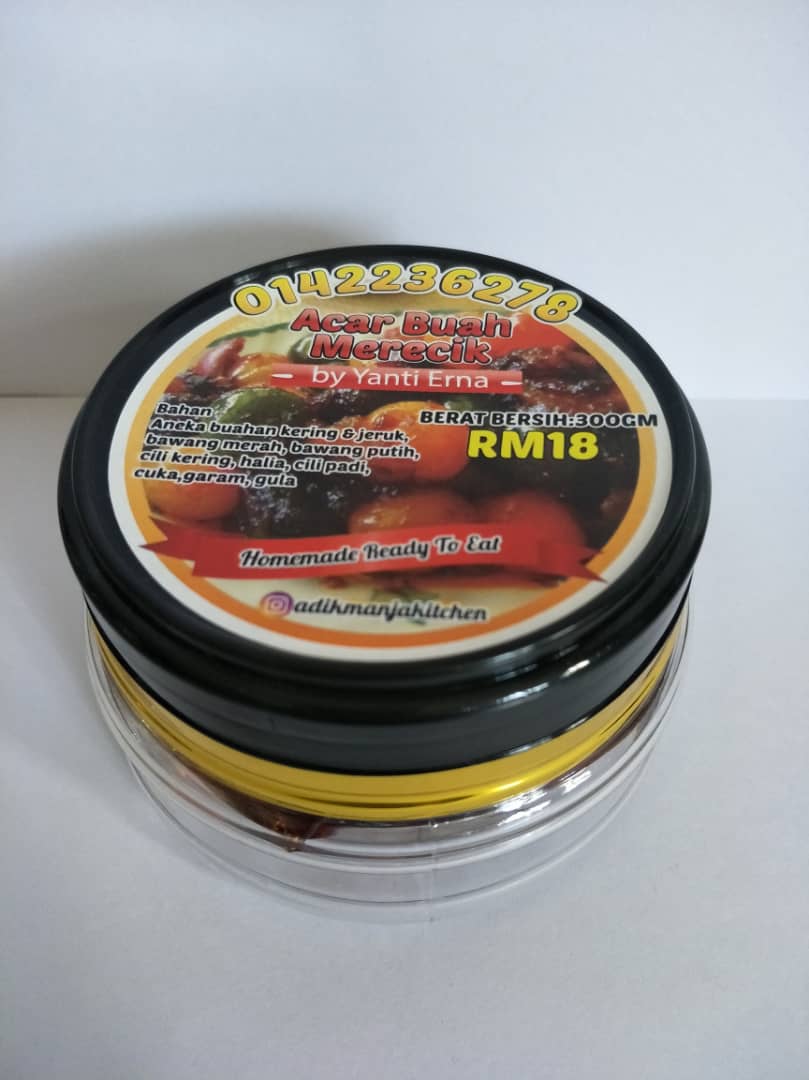
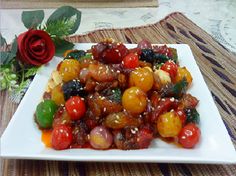


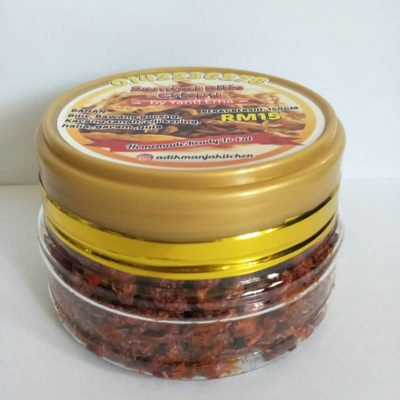

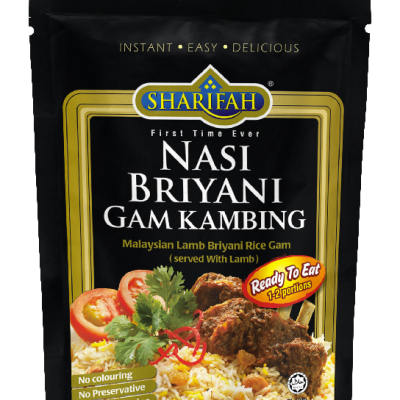
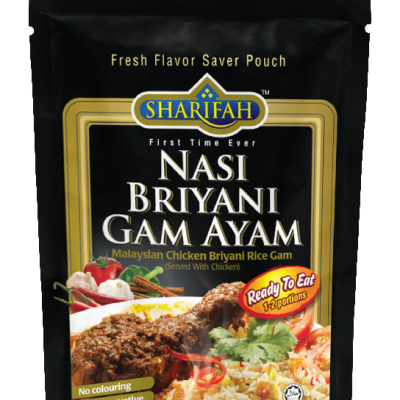
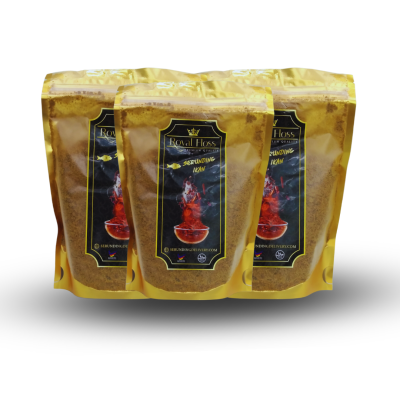
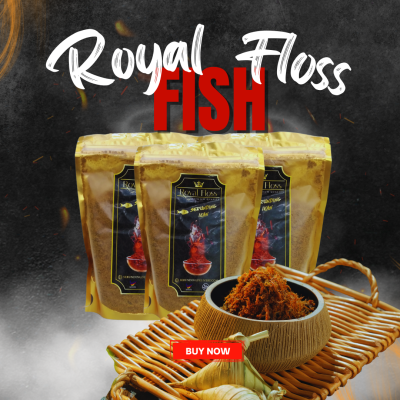
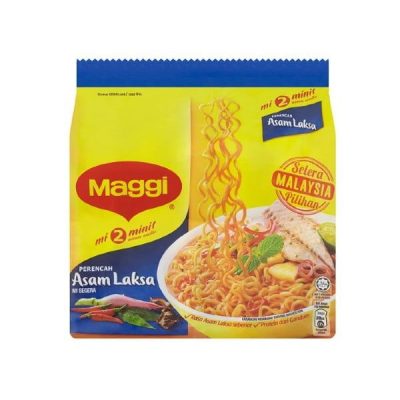
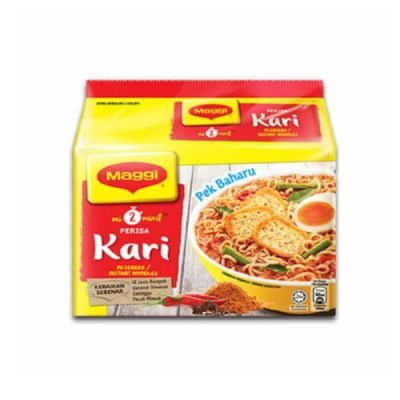



Reviews
There are no reviews yet.